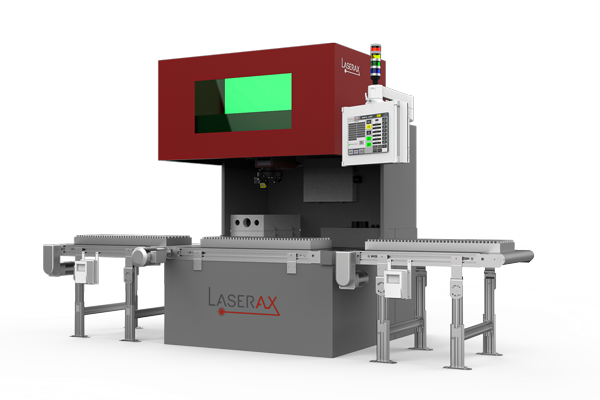Not only is laser cleaning now known in the automotive industry, but it is also very popular for many reasons. No wonder, therefore, that more and more companies are using this process to prepare the surfaces on which their employees will work to carry out the next steps.
It is that this form of cleaning uses a laser beam that is able to remove all contaminants that may be on a surface. By coming into contact with the metal surface, even in small pulses measurable in nanoseconds, the effect is immediate. The intensity of the light is absorbed by the contaminant and acts quickly to eliminate it. Either it changes it into a gaseous state, or it causes the release of the particles which will be filtered afterwards so that nothing more appears there.
However, what makes the laser beam even more effective and appreciated in the field of cleaning is that it does not touch metal. The laser can remove any type of contaminant without attacking the base material. This is valuable for builders.
As a result, companies can use it without fear on metal surfaces of all kinds and afford optimal cleaning before moving on to the next steps, whether we think of welding, painting, powder coating, gluing or assembly.
Laser cleaning therefore eliminates all these disadvantages and could also prove to be particularly useful in the cleaning of parts intended for the aerospace industry, among others, while reducing the processing steps in this field.
Take for example an aircraft parts supplier that uses laser processing to clean the surfaces of its parts while creating what it calls “ribs” on the surfaces. We’re talking about tiny lateral grooves in the upper layers of the surface that improve air circulation and reduce fuel consumption, which is not to be sneezed at these days either, we will agree.
It will be understood that the laser process has begun to stir the imagination and attract the attention of certain manufacturers for some time. In Quebec, some have smelled the advantages of this process. This is particularly the case of the company Laserax, which is established in Quebec City and which was founded by Alex Fraser and Xavier Godmaire.
Within this company, the laser was already used to engrave metals, an activity which is however losing some popularity. On the other hand, the avenue of cleaning has paved the way for a whole new activity which seems all the more profitable as it allows Laserax to integrate the vast world of manufacturers of electric car batteries. The company is also in the process of carving out a place for itself in the United States and Europe. The future looks bright in this sphere.
It must be said that his process is useful and very fast.
The precision is also an appreciable quality to note, because, the laser being able to be pre-programmed, it can clean only certain very precise zones, those which are necessary for welding for example.
The battery cleaning device designed by Laserax becomes a complete solution for applications related to battery modules that circulate on a conveyor. It can be used to clean, texturize and mark battery components in one go. Vision cameras can also be installed to control the quality of the part, making it an attractive product that is gaining ground, one can understand.
By innovating in the way of cleaning the batteries, it is now possible to maximize the life of the product. One can easily imagine this cleaning option becoming popular elsewhere. We could see it in mechanical garages, which could certainly find multiple applications there.
Finally, since these machines are from Quebec, it is good to see that a technology from here can pave the way for such great synergy between the automotive industry here and elsewhere.















